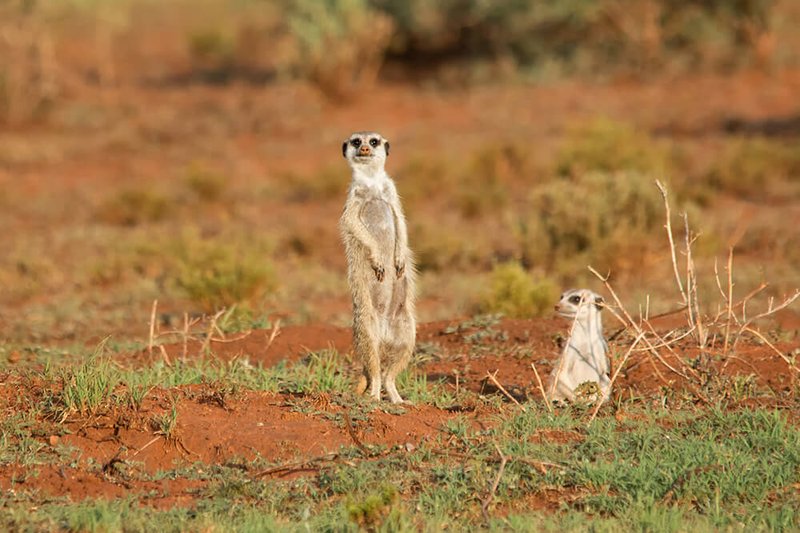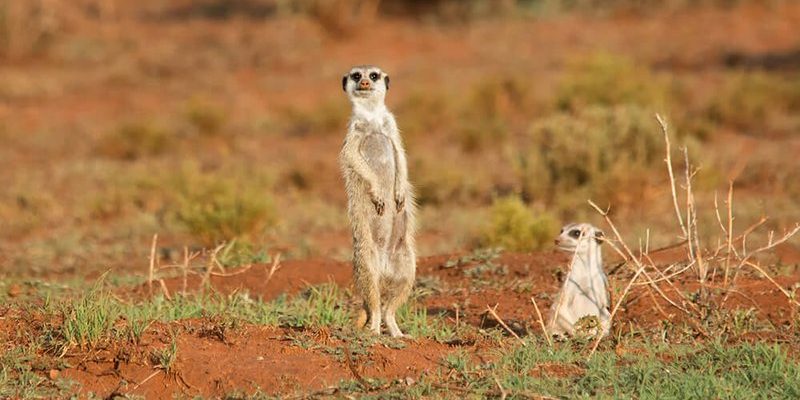
In their tight-knit family groups, these social animals work together and rely on one another for survival. Their behaviors and interactions not only affect their own species but also have ripple effects throughout their ecosystem. So, let’s dive into the world of meerkats, exploring their importance in the ecosystem and why their role matters to the greater animal kingdom.
Meerkats: The Social Superstars
Meerkats are highly social creatures that live in family units called mobs. Each mob typically consists of around 20 to 40 meerkats, but larger groups aren’t uncommon. Imagine a big family reunion, where everyone has a role to play—that’s pretty much how a meerkat mob operates. In these groups, there’s often a dominant pair that leads. They take charge of breeding while the rest of the mob helps raise the young.
Being social allows meerkats to thrive in their harsh environments. They communicate with a variety of vocalizations, each sound serving a distinct purpose, whether it’s warning of an approaching predator or calling the family to feast. This strong bond and teamwork not only benefit the meerkats but also help maintain a balance within their habitat, as they become crucial players in the food chain.
Predator Detection: The Lookout System
One of the most fascinating aspects of meerkat behavior is their system for spotting danger. While some individuals forage for food, others take on the role of sentinels, standing guard. Picture a meerkat standing on a rock or a mound, scanning the horizon like a lookout on a ship. When they spot a threat, they send out alarm calls that resonate through the mob, allowing everyone to scatter to safety.
This watchful behavior doesn’t just protect the meerkats; it also helps prevent over-predation of other species in their ecosystem. By keeping tabs on predators such as eagles and jackals, meerkats create a safer environment for other smaller animals. So, that tiny meerkat you see standing tall is doing much more than just looking cute—it’s serving a vital purpose in its community.
Soil Aeration and Pest Control
While you might not think of meerkats as gardeners, they play a significant role in maintaining the health of the soil. As they dig and burrow for insects and roots, meerkats aerate the soil, allowing nutrients and water to penetrate more effectively. This natural form of tillage benefits plant life in the area, promoting healthy growth.
Additionally, meerkats are fantastic pest controllers. They feast on various insects, including beetles, spiders, and even toxic scorpions. By keeping insect populations in check, they prevent these pests from becoming a problem for plants and other animals. It’s a win-win situation: meerkats get their meals, and the ecosystem remains balanced.
The Circle of Life: Food Source for Other Animals
In the grand scheme of things, meerkats are an integral part of the food web. Their presence provides a nutritious meal for larger predators, such as snakes and birds of prey. While this might seem a bit grim, it’s a fundamental element of nature. The cycle of life relies on every species having a role to play, and meerkats certainly contribute to that cycle.
By being a food source for these predators, meerkats help sustain their populations as well. Without them, larger carnivores might struggle to find enough food, which could lead to a decline in species diversity. So, while they may be cute and cuddly, they’re also a vital piece of the puzzle in maintaining a thriving ecosystem.
Impact on Other Species: A Ripple Effect
The activities of meerkats don’t just affect their immediate surroundings; they can have a far-reaching impact on other species as well. For example, their foraging behavior influences the availability of food resources for other animals. When meerkats dig up insects and roots, they can inadvertently clean up the area, making it easier for other creatures to find food.
Moreover, their burrowing practices create safe spots and shelter for smaller animals, such as rodents and lizards. By altering the landscape and making it more hospitable, meerkats help foster a diverse range of wildlife in their environment. It’s one of those beautiful examples of how interconnected life really is—when one species thrives, it can uplift many others.
The Importance of Conservation
Given their essential role in the ecosystem, the conservation of meerkats is critical. Their habitats face numerous threats, including climate change and habitat destruction due to human activities. When meerkats’ homes are damaged, the ripple effect can cause imbalances in the ecosystem, impacting numerous other species.
Supporting conservation efforts not only helps protect meerkats but also safeguards the larger ecosystem they belong to. Engaging in local conservation initiatives or spreading awareness can go a long way in ensuring that these remarkable animals continue to thrive in their natural habitats.
Meerkats might charm you with their antics, but their role in the ecosystem is nothing short of vital. From being social protectors to soil aerators and even prey for larger animals, they play numerous roles that contribute to the overall health of their environment. The next time you see a meerkat standing tall, remember that it’s more than just a cute face—it’s a key player in a complex web of life.
By understanding and appreciating their importance, we can contribute to conservation efforts and ensure that these fascinating creatures continue to thrive. So, the next time you sip your coffee while admiring the meerkats at the zoo, think about all the hard work they do behind the scenes. After all, every species plays a part in the beautiful symphony of nature.

